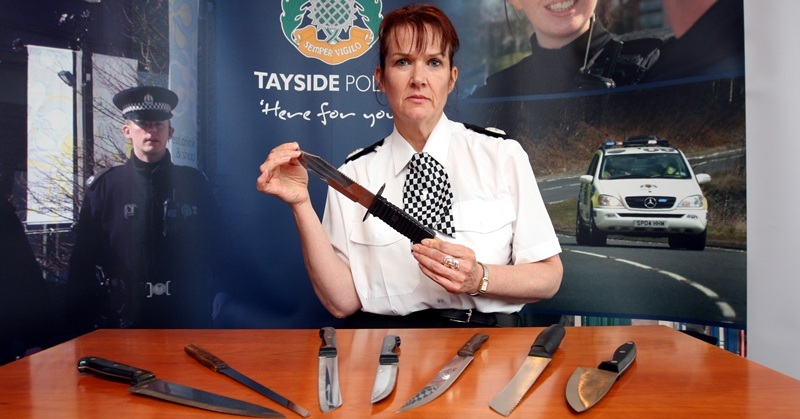CSI-style forensic evidence is key to driving down domestic housebreaking in Tayside, a senior police officer has said.
Assistant Chief Constable Angela Wilson said microscopic hairs or fibres could help put prolific offenders behind bars and prevent them committing further crimes.
Ms Wilson was speaking after it emerged that there had been a rise in break-ins to homes across Tayside over the past year.
It was one area of “disappointment” in a year which saw most categories of crime reduced and detection rates increased.
“It is something that we pay very close attention to and we have a housebreaking strategy in place,” Ms Wilson said.
“A large part of that is about looking for early opportunities to collect forensic evidence at the scene of a crime and we educate our officers on what to look out for.
“If our officers can protect that evidence, whether it be DNA, fingerprints or fibres, then when scenes of crime officers attend the opportunity to collect it isn’t lost.”
Ms Wilson said the strategy, which was first introduced in Dundee and subsequently extended across the region, had produced results and put criminals behind bars.
It also includes management of suspected offenders.
According to figures published in the Chief Constable’s annual report, there were 752 domestic housebreakings in Tayside in 2009/10, up from 725 during the previous year.
“To put that into perspective, domestic housebreaking is down 51% in a decade, from 1537 in 2000/02 to 752 last year, and in fact it is down 40% in five years.
“What we don’t want is people thinking housebreaking has gone through the roof. Tayside is actually a very safe place to live.
“Last year we were heading for what we hoped would be another reduction, and then there was a blip at the end of the year.
“It is up 3.6% or 27 crimes, which is unfortunate.”
She added, “Educating the public is also important and at this time of year in particular people should be careful not to go out with windows left open, ensure patio doors are locked and so on.”
The only performance target Tayside Police failed to hit last year was the 31% benchmark for housebreakings detected.
“What we know is that, when it comes to things like housebreaking, the detection rate can have a significant impact on the amount of crime,” she added.
“It acts as a deterrent, and having people either in custody or the subject of bail curfew orders restricts their ability to commit further crimes.”
Photo used under Creative Commons licence courtesy Flickr user fazen.
